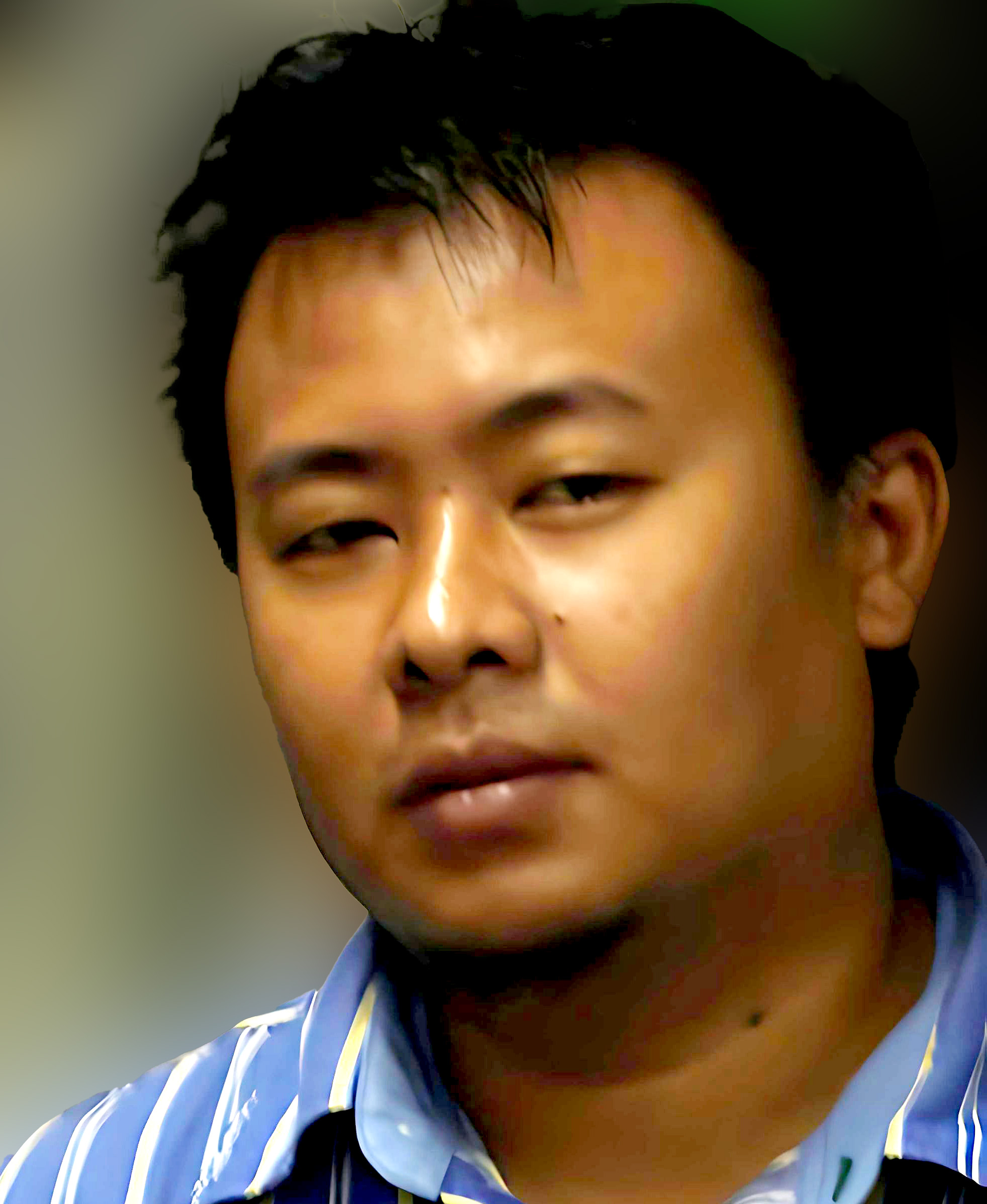In the cozy coffeehouses and lively salons of 18th-century Europe, the scene was set for a grand experiment in democracy. The chatter wasn’t about the latest viral meme or the hottest take on Twitter—it was about ideas, rational debate, and civic responsibility. At the heart of this was Jürgen Habermas, a young German philosopher who envisioned the “public sphere” as the lifeblood of democracy—a space where citizens could gather, free from state or corporate interference, to engage in thoughtful, meaningful discussion. In Habermas’s world, the public sphere was where truth met dialogue, and ideas met action.
But fast forward a few centuries and the public sphere has been yanked from the cafes and pamphlets of yore and hurled into the algorithm-driven chaos of our digital age. The once hopeful hub of democracy now exists in the land of hashtags, viral content, and polarized feeds. The domain of reasoned debate has been replaced by echo chambers, where opinions are amplified, facts are muddled, and dialogue often gives way to digital shouting matches. Welcome to 2024, where the art of conversation is traded for clicks and shares, and where “likes” matter more than listening.
This article dives deep into how Habermas’s vision of the public sphere has been turned upside down in today’s digital world, with a sharp focus on Manipur, India. In this remote corner of the country, where cultural fault lines run deep, the collision of tradition and technology is playing out in ways that are both profound and perilous. The promise of digital dialogue is confronted by the realities of identity politics, echo chambers, and the fragmented nature of online discourse.
Habermas’s Dream: A Space for Rational Discourse
When Habermas first sketched out his idea of the public sphere in 1962, he wasn’t just fantasizing about lively debates over cups of coffee. He was describing a revolutionary concept—an arena where citizens could come together, not as subjects of the state, but as free individuals, to debate, reason, and decide what kind of society they wanted. In 18th-century Europe, these spaces took shape in coffeehouses, town squares, pamphlets, and newspapers. The dream was to cultivate informed citizens, foster democratic participation, and nurture the exchange of ideas in a way that uplifted society.
But today, that dream is on shaky ground. The town square is no longer a physical place—it’s now housed in the endless scroll of social media feeds. And while the platforms promise inclusivity, they often deliver division. We’ve traded thoughtful discourse for trending topics, and deep conversations for hot takes. In many ways, the ideals of the public sphere are buckling under the weight of algorithms designed for profit, not participation.
The Digital Disruption: From Debate to Sensationalism
The 20th century saw the public sphere undergo a seismic shift. Mass media emerged, driven by commercial interests, and with it came a focus on sensationalism over substance. Headlines got punchier, content got shorter, and the nuance of debate gave way to the spectacle of ratings. As Lubenow rightly noted: “What is configured in the manipulated public sphere is just an ‘opinion atmosphere,’ manipulated mostly by the calculation of socio-psychological tendencies.”
And then came the digital age—a time where media isn’t just commercial; it’s algorithmic. Now, it’s not just about what sells; it’s about what sticks. Today’s platforms don’t simply amplify voices—they amplify whatever grabs attention. And let’s face it—rational debate isn’t as catchy as a controversial meme. The result? A fragmented, hyper-polarized public sphere where reasoned discourse is often drowned out by the loudest, most provocative voices. And nowhere is this dynamic more evident than in the digital jungles of social media.
The Rise of the Virtual Sphere: Echo Chambers and Polarization
Enter the age of social media—a world where everyone has a megaphone and everyone’s shouting into the void. Platforms like Twitter, Facebook, and Instagram have done wonders in democratizing access to information. But they’ve also given rise to echo chambers, where algorithms keep feeding us content that aligns with our beliefs, reinforcing what we already think. It’s the digital equivalent of hearing your own voice bounce back at you from every corner. As Gabriel Telleria aptly puts it: “Today’s public sphere is nothing more than an echo chamber of opinions, mostly void of reason, rational thought, correctness, or even truth.”
In this “Virtual Sphere,” the rapid-fire exchange of opinions often lacks depth. Instead of meaningful engagement, we get fleeting interactions—comments, likes, shares—that prioritize speed over substance. Sure, more voices are heard now than ever before, but are they really saying anything? In the digital age, the true challenge isn’t just finding the truth; it’s cutting through the noise to hear the voices that truly matter.
Toffler’s Third Wave: Understanding the Shift
To understand how we got here, it’s useful to dust off Alvin Toffler’s The Third Wave. Published in 1980, Toffler’s work foresaw a world transitioning from industrial societies (the Second Wave) to information-based economies (the Third Wave). He predicted how technology would reshape social structures, interactions, and the very fabric of public discourse. For regions like Manipur, where technological change has hit fast and hard against a backdrop of entrenched ethnic divides, this shift is both an opportunity and a ticking time bomb.
Manipur: Tradition Meets Technology in a Fractured Landscape
In the remote hills of Manipur, the digital age didn’t sneak in quietly—it crashed in, leaving tradition scrambling to keep up. Smartphones and social media platforms have spread like wildfire, but they’ve done so in a region where traditional forms of public discourse are still evolving. The result? A fractured digital landscape where tribal allegiances and cultural divides are only intensified by online interactions.
In many parts of India, the modern public sphere had time to develop before the digital age arrived. But Manipur skipped the queue. It leapfrogged from an agrarian society straight into the digital era, bypassing the industrial stage that might have offered a stabilizing influence. This sudden shift has created a collision between the old and the new—between ancient loyalties and the hyper-connected world of likes, shares, and retweets. And instead of fostering dialogue, this collision often breeds division.
The Political Fallout: Mud-Slinging and Social Media Warfare
The political landscape in Manipur is a microcosm of this digital divide. The state has witnessed a recent surge in mudslinging between the ruling party and the opposition. Social media platforms have become battlegrounds where political narratives are spun, accusations fly, and character assassinations become the norm. Rather than substantive debates on policy and governance, discussions often devolve into personal attacks and sensational claims.
The fallout extends beyond the political elite; it trickles down to ordinary citizens, who are quick to amplify these narratives through comments, shares, and likes. What could have been a space for meaningful political engagement instead turns into a cesspool of hostility, where users align themselves along party lines and engage in digital tribalism. This behaviour further entrenches the divide, leaving little room for rational discourse or consensus-building.
Hannah Arendt’s Warning: The Loss of Real Human Interaction
In 1958, Hannah Arendt warned that the increasing focus on technology could erode the essence of human interaction. She famously wrote: “The public realm is where action and speech occur; it is the space where we reveal who we are and how we relate to one another.” In Manipur, her warning feels prescient. As digital platforms replace traditional spaces for public discourse, something vital is lost—the richness of face-to-face conversations, the subtleties of body language, and the depth of genuine human connection.
While digital platforms offer new avenues for engagement, they often fall short of capturing what makes public discourse meaningful. The speed and brevity of online interactions rarely allow for the kind of deep, thoughtful dialogue that builds understanding. In a world of instant gratification, the art of listening, reflecting, and engaging thoughtfully feels increasingly rare.
Conclusion
As we navigate the shift from Habermas’s ideal public sphere to the digital tumult of hashtags and viral content, the contrast is stark. Where once there was a space for reasoned debate and civic engagement, we now grapple with a fragmented landscape dominated by echo chambers and sensationalism. This evolution from thoughtful discourse to a realm driven by algorithms and rapid reactions poses significant challenges for democratic engagement.
In Manipur, the collision of tradition and technology has revealed both the promise and peril of the digital age. The rapid infusion of technology into a region with deep-rooted cultural and ethnic divides has intensified existing fractures, creating a digital environment where ancient loyalties clash with modern connectivity. While social media provides a platform for marginalized voices, it also exacerbates divisions, as communities retreat into digital silos that reinforce rather than bridge differences.
The current political climate, marked by aggressive social media campaigns, mudslinging, and divisive rhetoric, reflects the broader struggle of adapting democratic discourse to the digital era. The challenge moving forward is to reconcile the ideals of rational debate and democratic participation with the realities of our digital environment. It requires not only fostering media literacy and critical thinking but also designing digital spaces that encourage thoughtful discourse over sensationalism. As we continue to grapple with these transformations, it is essential to strive for a public sphere that upholds the values of reasoned debate and inclusivity, ensuring that technology serves to enrich rather than diminish our collective dialogue.












